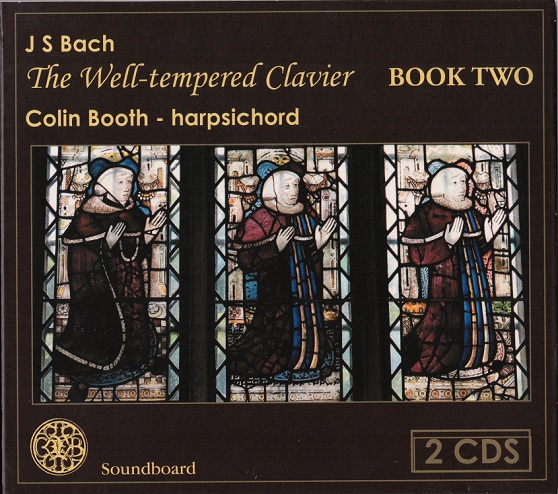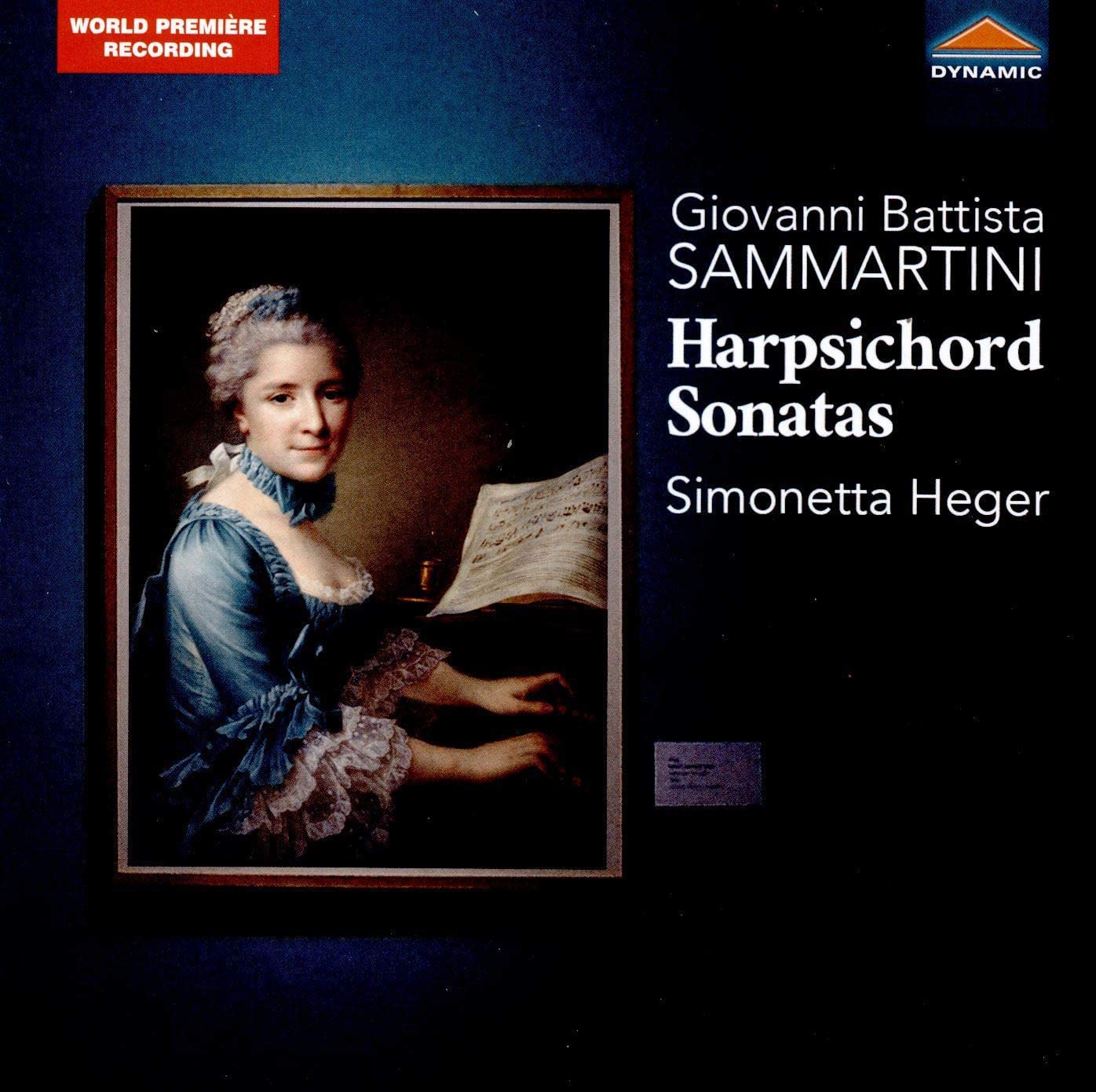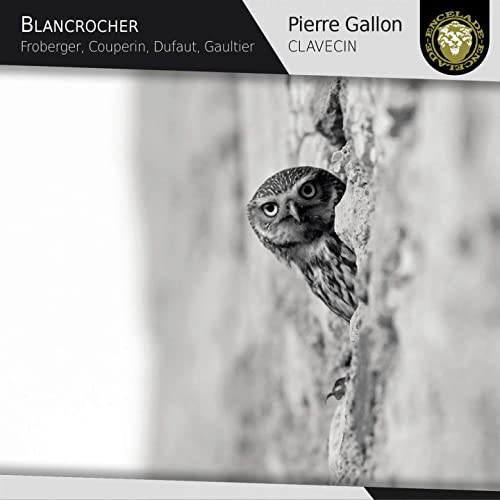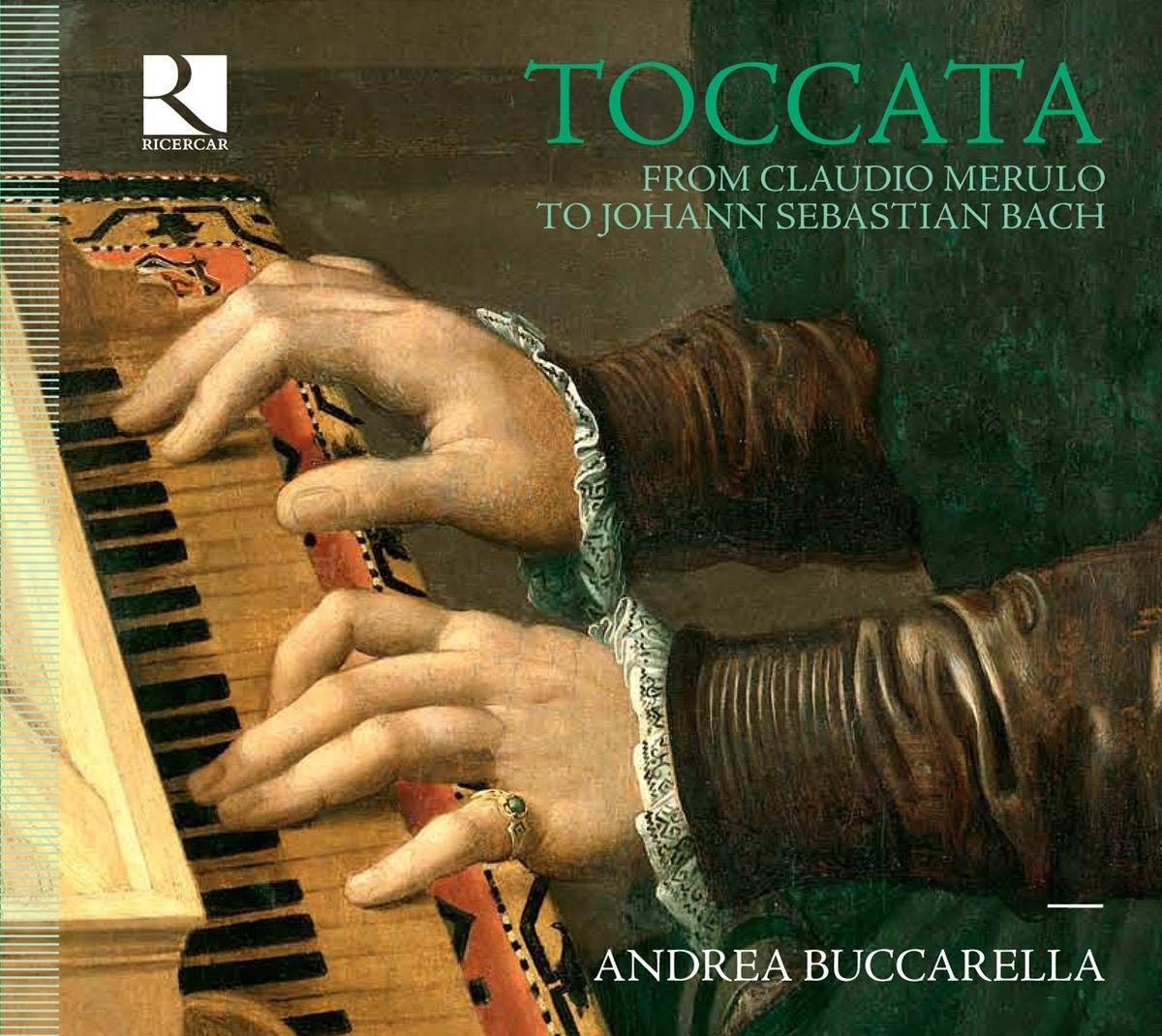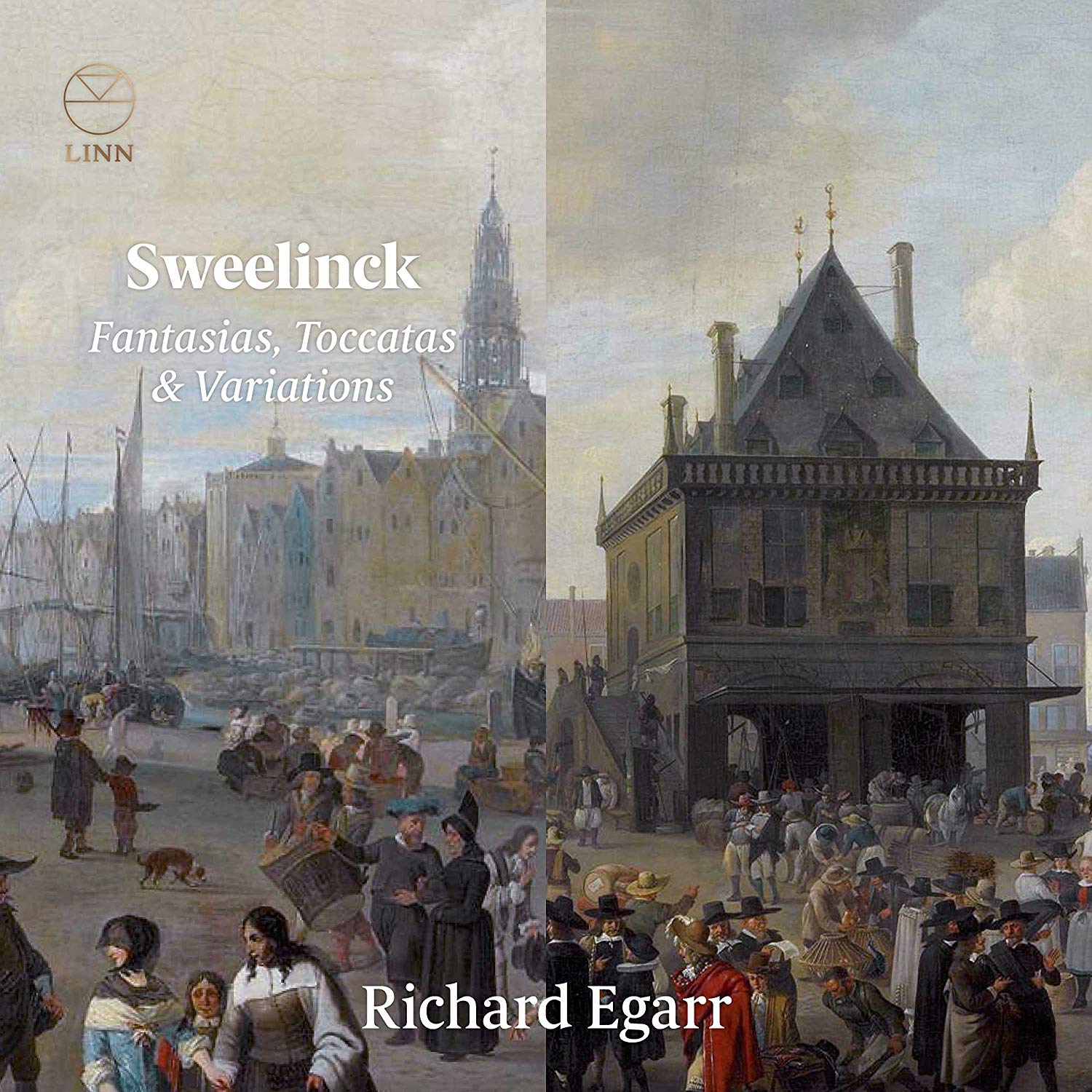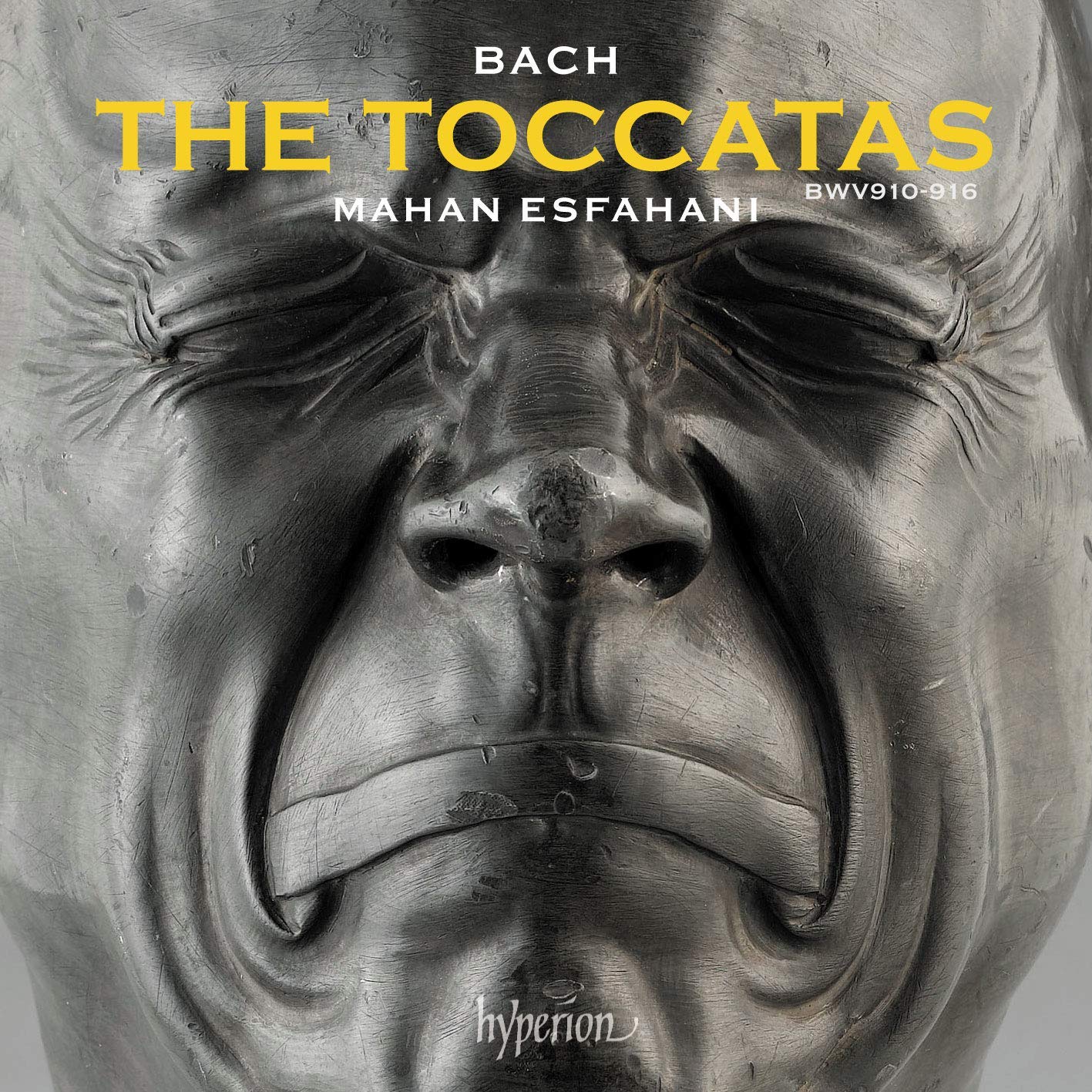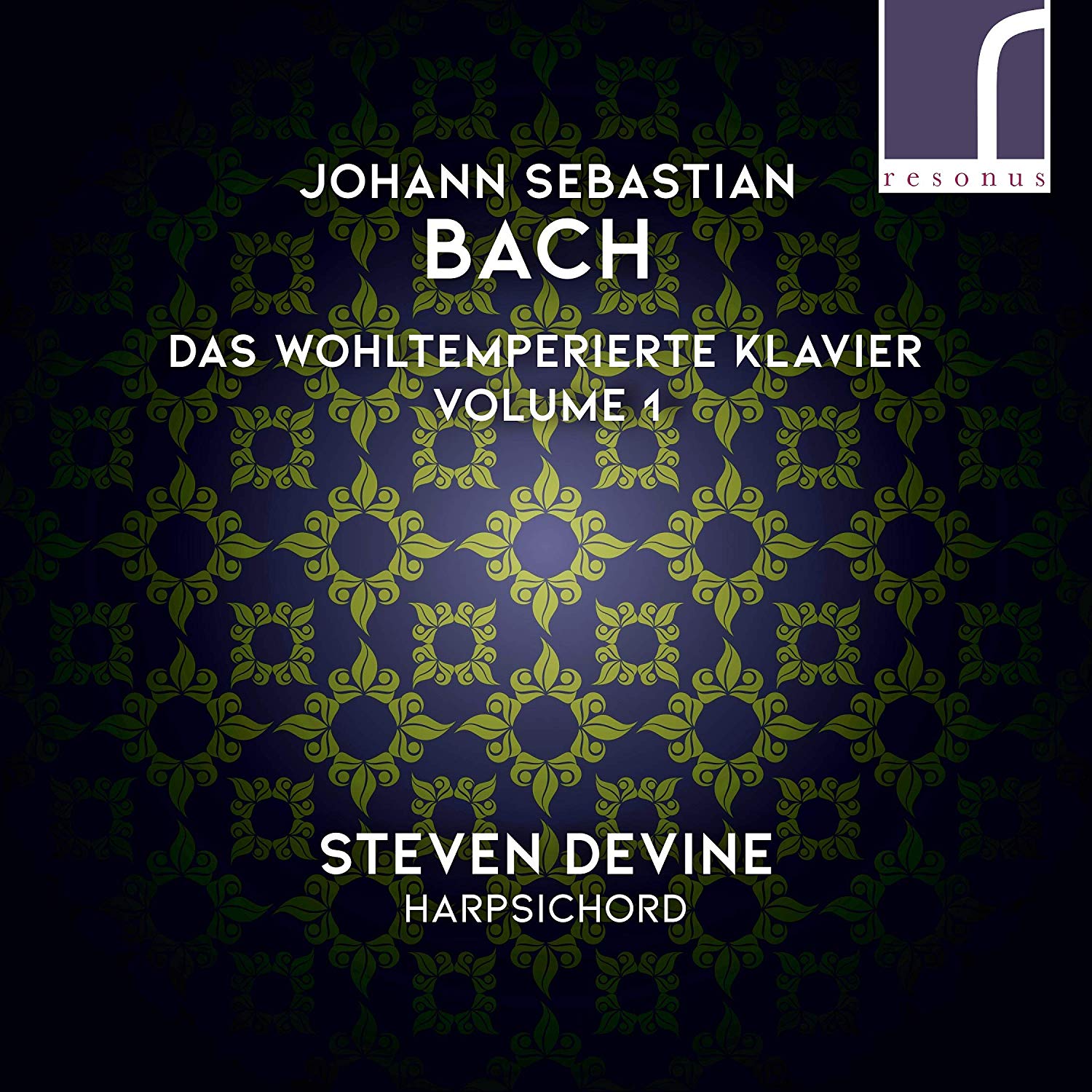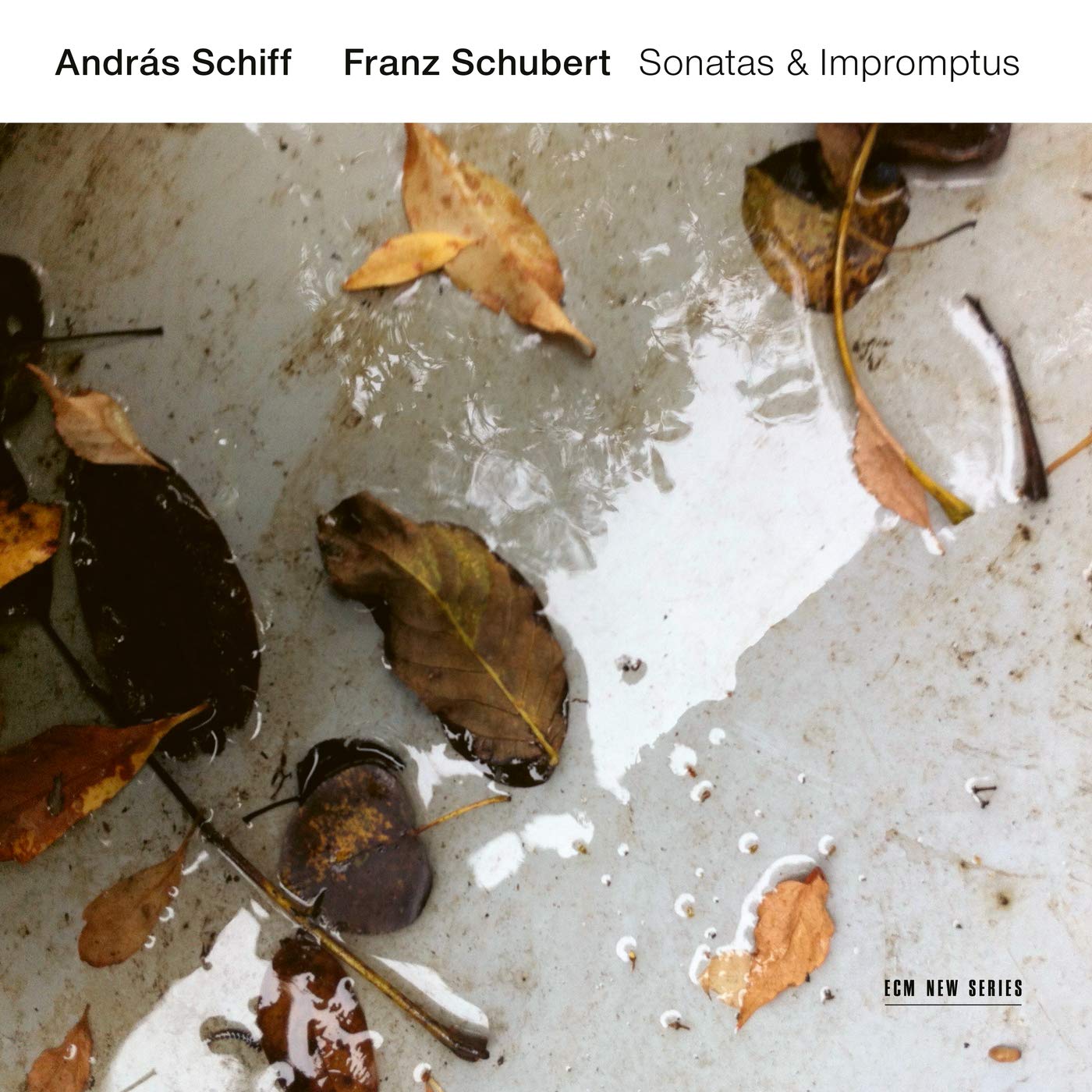Colin Booth harpsichord
147:34 (2 CDs)
Soundboard Records SBCD 219
David Stancliffe gave a warm welcome on this site to Colin Booth’s recording of WTC Book I when it appeared nearly two years ago and I am happy to confirm that his follow-up recording of Book II is equally fine. Booth uses the same harpsichord (his own copy of a double-manual Nicholas Cellini instrument of 1661) and tuning system (Kirnberger III) as before, and the recording displays the same clarity in the part-writing in what is a warm and chamber-like acoustic. This harpsichord is particularly good at projecting all the lines in dense contrapuntal textures and Booth uses this very effectively. He eschews virtuosity for its own sake, and these are generally straightforward accounts, falling somewhere between the recent recordings by John Butt and Richard Egarr as regards tempo and reflectiveness. Booth adds many judicious ornaments while never letting them interfere with the line. I particularly like his rhythmical flexibility in the preludes which allows him to negotiate some of the trickier notational corners with ease, as in both F sharp preludes. His astute ‘swinging’ of the beat here and elsewhere produces convincing results. In contrast, the fugues can seem a bit rigid at times, particularly those in the more old-fashioned style, though the more modern ones certainly bounce along nicely. There is a very comprehensive set of liner notes with information about the instrument and the rationale behind Booth’s choice of tuning system, in the light of Bach’s understanding of the term ‘well-tempered’. There are also some perceptive notes on the musical qualities of the second book. Overall, this is an excellent and very welcome recording which showcases Booth’s thoughtful interpretations, and much will be learnt from a careful listening to it.
Noel O’Regan
